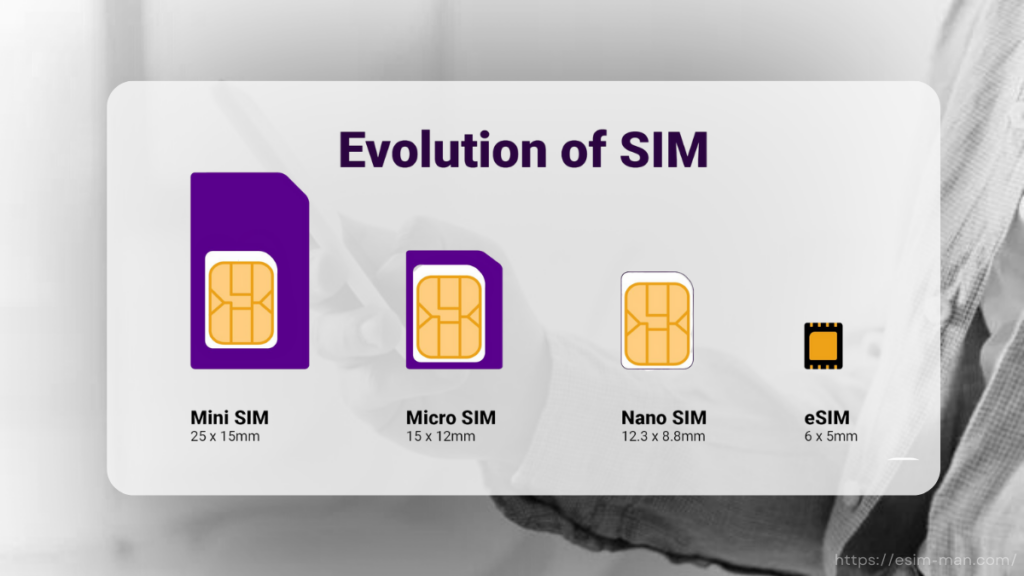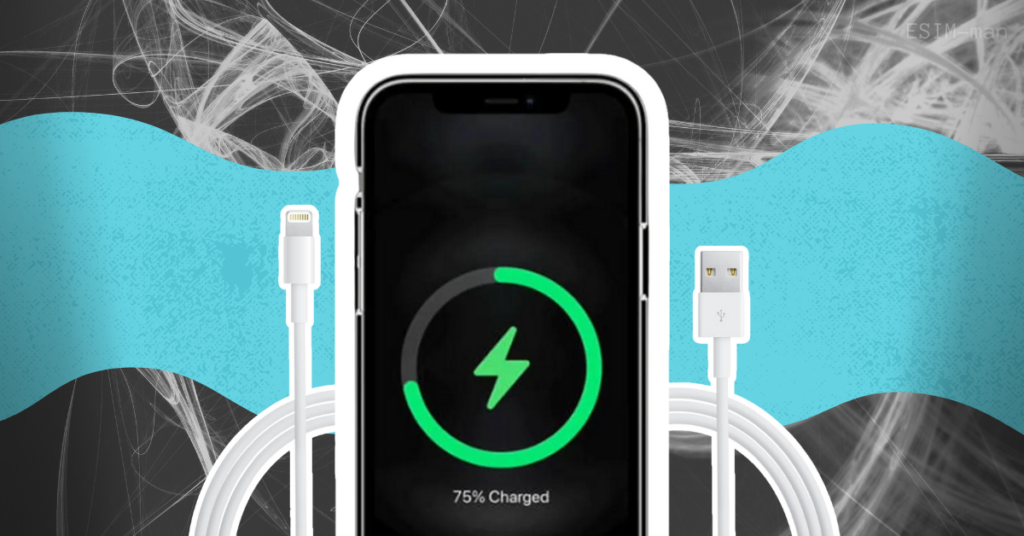A SIM card is an indispensable module, mainly providing a phone number for our gadgets. Of course, smartphone is functional even without one, but it’s central for different valuable services associated with mobile devices. Calling is one important aspect, but even non-callers require a proper number.
Smartphones have long outgrown just the calling utility. A modern device is an outlet for various online services and features. Every user uses a smartphone not only for mobile communication, but also to access the Internet. It is an integral part of life in today’s world, where you can find all the information you need, build a route to the right place or even run your business.

Speaking of communication, phone calling isn’t as dominant anymore. Users communicate via messengers in text form or, if a call is necessary, through voice call or video call features on Snapchat, Telegram, and similar comfortable services. Don’t let it persuade you that SIM cards are obsolete, however. These services and many more, require a functioning phone number – it’s just standard. Hence, a SIM card is still indispensable. However, getting an old-fashioned physical SIM isn’t necessary. This can be particularly problematic when travelling abroad, where you can only keep in touch with a local card, and it’s not easy to find a phone shop. But don’t rush to grief, as digitalization has already spread to SIM cards, allowing users to get a number online – this is a chief benefit of eSIM vs physical SIM.
What is an eSIM?
ESIM (embedded SIM) is a decade-old system, created to supplant a physical SIM detachable card. It’s a digital concept, similar to regular SIMs but uploaded rather than inserted. Mobile devices with embedded capabilities have in-built modules acting exactly like regular cards, besides one caveat. It’s integral to the phone’s structure, and data is uploaded to it afterward. Users then pick an operator amongst companies that offer eSIM services. Phone numbers, mobile connection, Internet connection, and other data are accessed via a special application on the phone. Multiple numbers are supported and switching service plans is just effortless. Let’s try to compare this to a physical SIM.
ESIM vs Physical SIM: Differences
ESIM-supportive phones come without a designated card spot. The module is embedded into a device, not to be changed. Embedded modules offer storage for various data plans with everything a regular SIM card provides. Embedded cards come with numerous benefits for comfort and utility.
Regarding functionality, the two methods are identical. The actual handling of SIM-borne data – embedded or regular – is comparable. The two provide similar features (numbers, Internet, etc), and users access them through mobile applications to view and change certain details.
In terms of eSIM vs physical SIM, the former is more advantageous regarding comfort.
Advantages of eSIM vs SIM
The two types are acquired and handled in different ways, creating convenience disparity. Below we summarize the main advantages of buying an eSIM-supportive device is better.
Step 1: Acquisition and cost
Amongst the main benefits of eSIM is saving time, as buyers don’t have to visit a physical location to buy a SIM card. Instead, virtual cards are bought online: from intermediaries or direct providers. To get a new plan, users require an eSIM account and Internet connection to access a necessary vendor.
The plan is sent directly to the phone, although users are also able to claim a service plan or separate features.
Virtual SIM cards are often cheaper, but it depends on the provider. If unwanted, a plan can be canceled with ease. This approach saves copious amounts of time and money. The cost depends on many factors: region, operator, and individual plan price.
Step 2. User-friendliness and safety
Virtual cards are impossible to misplace or break, unlike typical SIM cards. Embedded SIM cards are digitized, meaning their data is always in the same place, and it’s hard to accidentally lose it. Comparing eSIM vs physical SIM, eSIM users don’t need an Internet connection to access this data, the functionality is available autonomously.
Also, owning a eSIM is environmental friendliness. SIM cards are produced in millions, creating heaps of plastic and chips that won’t decompose once discarded. With digital data, the environmental impact isn’t a concern, because it’s not physical.
Lastly in this eSIM vs physical SIM comparison, it’s just convenient. With all the digitized services in the modern world – from food delivery to shopping to watching movies – allowing people to register phone numbers online simply makes sense. Note, however, that not all operators offer this functionality, and not all phones support eSIM.
Step 3. Flexibility of use
Regular SIM card comes with permanent details. ESIM, by contrast, accommodates up to 8 plans, with 2 active numbers simultaneously. Using more numbers isn’t possible for most phones. In terms of eSIM vs physical SIM, switching between plans and phones is easier with the former.
The main benefit of this system is the ability to replace data with ease. Numbers are canceled and replaced without effort, similar to other features. Regular SIMs require full replacement, meaning taking it out, going to the store, and finding a new data plan and number. The convenience is evident.
The only real disadvantage is the lack of leeway: certain customers prefer to control what goes into their devices. Embedded SIM comes as part of a wider trend of welding the phones shut and stopping users from interfering with the insides, but even that isn’t true for every model.
Summary of the Battle of the Physical SIM vs eSIM
Using eSIM vs SIM is much more comfortable. There is almost no reason to utilize the latter now that fully digitized SIM cards are so available and convenient. The only thing stopping users from getting eSIM service is the Internet connection, but it’s hardly a problem. ESIM lets you save money and time, as well as offers unique functionality and features to make phone service more enjoyable.












